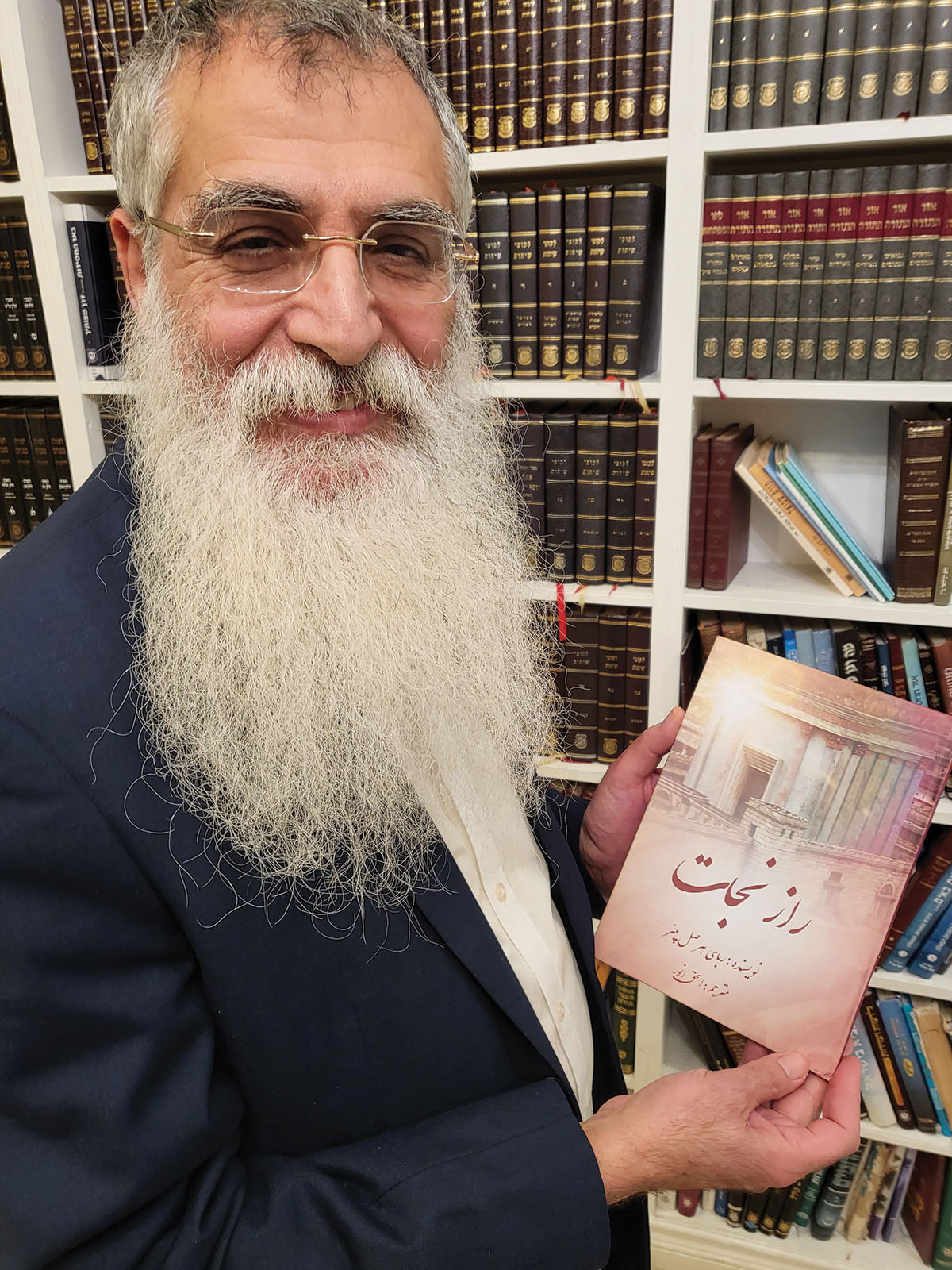
In some ways, Rabbi Yaakov Peer, the founder/director of the Chabad Persian Youth Center in the heart of Pico-Robertson has spent important parts of his life traveling.
In 1973 — five years before the Iranian Revolution — when he was nine, Rabbi Peer’s parents made the life-changing decision to move to Israel. He grew up deeply embracing his Jewish heritage – so deeply, that after serving in the IDF, he moved to New York to join the world of the Lubavitcher Rebbe, who became his guiding light.
A year and a half later, Rabbi Peer met and married a French-born woman who was learning at a Chabad seminary for girls. “We were married by The Rebbe in Brooklyn,” said Rabbi Peer, “and afterward we were looking for what to do. I thought of learning in a kollel. Or maybe working.”
What happened was that the Peers got an offer from an organization working with Persian immigrants in Austria. “Persian immigrants in Vienna needed rabbaim,” he said. “They wanted a rabbi and rebbetzin to work with the girls and boys, the younger newcomers from Iran.”
The newlyweds spoke to the Chabad rabbinate and friends before deciding to take the offer. “We really wanted to work for The Rebbe,” said Rabbi Peer, “wherever he would send us.”
With The Rebbe’s blessing, the newlyweds celebrated their 21st day as a married couple on their way to Austria. “Our year in Vienna was very successful,” the rabbi said. “I know so many people we greeted in Austria. They came from Iran, and they moved to the U.S., to New York, LA, and today I still am in touch with them.”
When the Peers returned to New York in 1990, “we were looking to The Rebbe for what our next steps would be.” No sooner were they home than they had an offer from Italy to aid arriving Persian immigrants. The Rebbe “gave us very specific instructions,” Rabbi Peer said. Since the preparation for the move turned out to be a complicated six-month affair, the rabbi spent those days learning in a kollel.
The move was productive. Two of the five Peer children were born in Italy. But in 1992, Chabad decided to close the Peers, an immigration outlet because few Iranians were traveling by way of Italy.
The next stop for future plans was the office of the 92-year-old Rebbe. The Rebbe again gave the Peers very clear instructions about coming to Los Angeles, Rabbi Peer said, “even though there were a few other ideas. We talked about maybe going to Israel, maybe working with the Persian community in England or Germany.”
Thirty-three years later, Rabbi Peer believes Los Angeles held The Rebbe’s attention because it hosted the largest Persian population outside of Iran. “Kiruv [outreach] was strongly needed,” Peer said. “I can say through the 33 years we are here, we have accomplished a lot with our Hebrew school, the preschool, all the minyanim and activities we have.” He is not sure about the size of the Persian Jewish community in Los Angeles, pegging it at upwards of 130,000, the largest Jewish Persian settlement anywhere.
One may think that because you have been tagged a leader in the largest Jewish community of its kind on earth, accommodations would be made to house your growing family and cover expenses while you settle in and determine a course to follow. But unlike in Vienna and Italy, the Peers were on their own financially in Los Angeles.
“Financially,” the rabbi said, “I had to become independent. It took time. I created for myself a group of members and friends who believed in me and wanted to support me.” Even so, it took more than a decade until Rabbi Peer could establish the Chabad Youth Center.
As he did in Italy, Peer made ends meet by working various jobs. “I was working different places,” he said, “and even from the house, giving classes, running different kinds of activities. When I came over here, it was so difficult to make a living as a rabbi, I had to find another source of income. I was giving bar mitzvah classes to people in their homes.
“At another point, I was running a Judaica store with some partners. Another time, I was a rebbe at Ohr Eliyahu. I was a rebbe when the school moved to Culver City on top of a hill. I was a rebbe for second-graders for four years.” In Rabbi Peer’s plainest words, “I was trying to make a living.”
Having five young children requires a significant income. But at a certain point, he found a benefactor. Space was purchased and the Chabad Persian Youth Center was opened in 1995. In 2001, the center moved to its current home at 9022 Pico Boulevard, in the heart of the Pico-Robertson neighborhood. The opening was two years later. “Only young people were coming,” said Rabbi Peer. “There was no other Persian shul over here. Today, just in this block, you have about 10 minyanim.
He enjoyed working with young people, he said. “We had a lot of fun activities, outings, ski trips. We had a pizza night. Almost every Sunday, we were having a trip.” The Rabbi laughed heartily — “I was much younger then.”
The center started expanding as “older people, parents” were starting to join, Rabbi Peer said. And now, the members are mostly adults. It’s “more of a community shul,” he said. “More a community center, a community shul. It’s a shul like any other.”
But things can change again, he said.
Fast Takes with Rabbi Peer
Jewish Journal: What is your favorite childhood memory?
Rabbi Peer: I was born in Iran. When I was 9, my parents moved to Israel, where I grew up. I am blessed by the fact my parents made this beautiful decision. That gave me the ability to learn my roots, speak the language. The fact I am a rabbi, a lot of credit I give to my parents. My father made sure I would not forget reading and writing in Farsi, and I wrote a book in Farsi about the concept of Moshiach and redemption, “The Secret of Redemption.”
J.J.: Your favorite moment of the week?
RP: The times I enjoy when I learn with people, especially when I teach Hasidut.
J.J.: Anything in your life you would change?
RP: Not really. I am grateful to God.
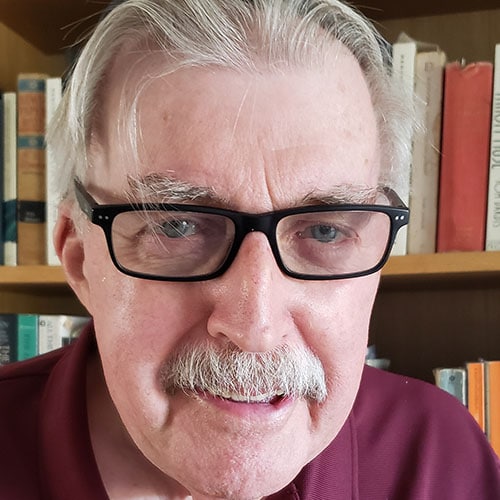
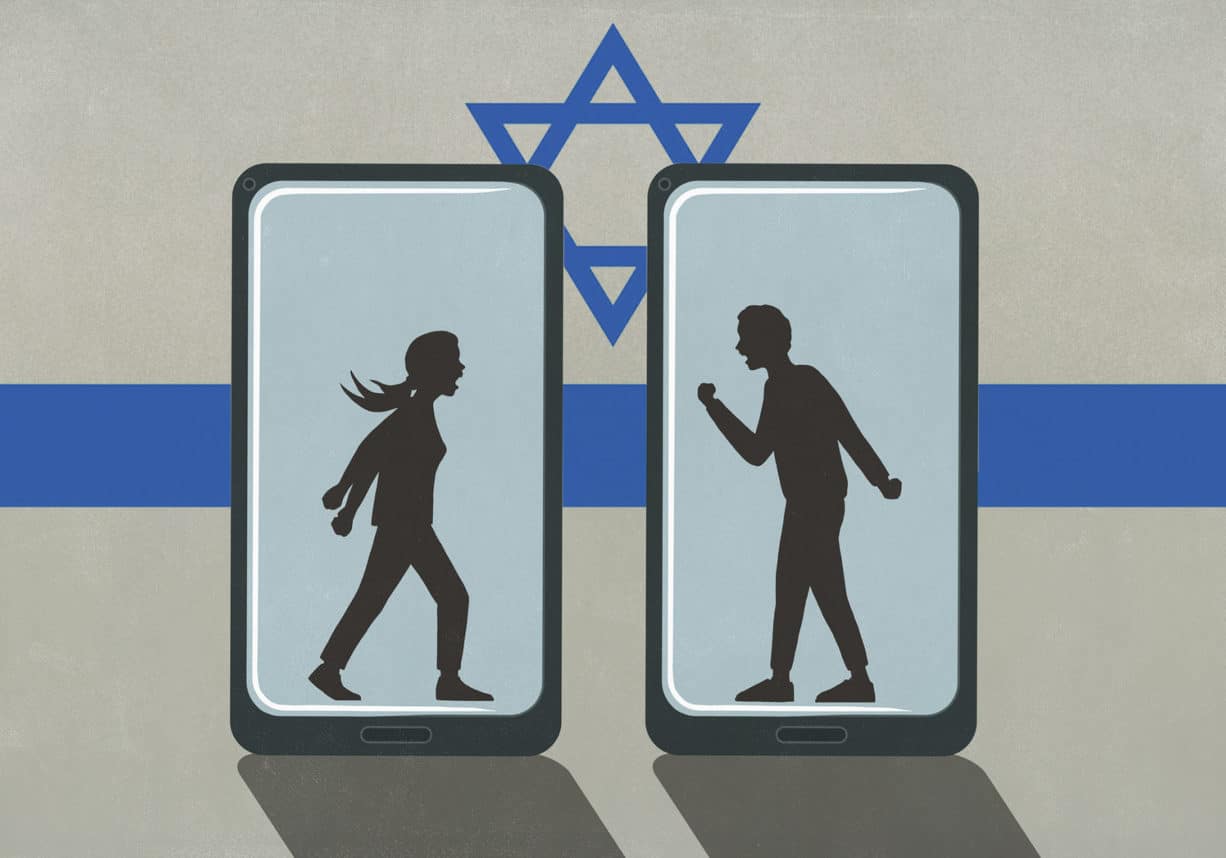
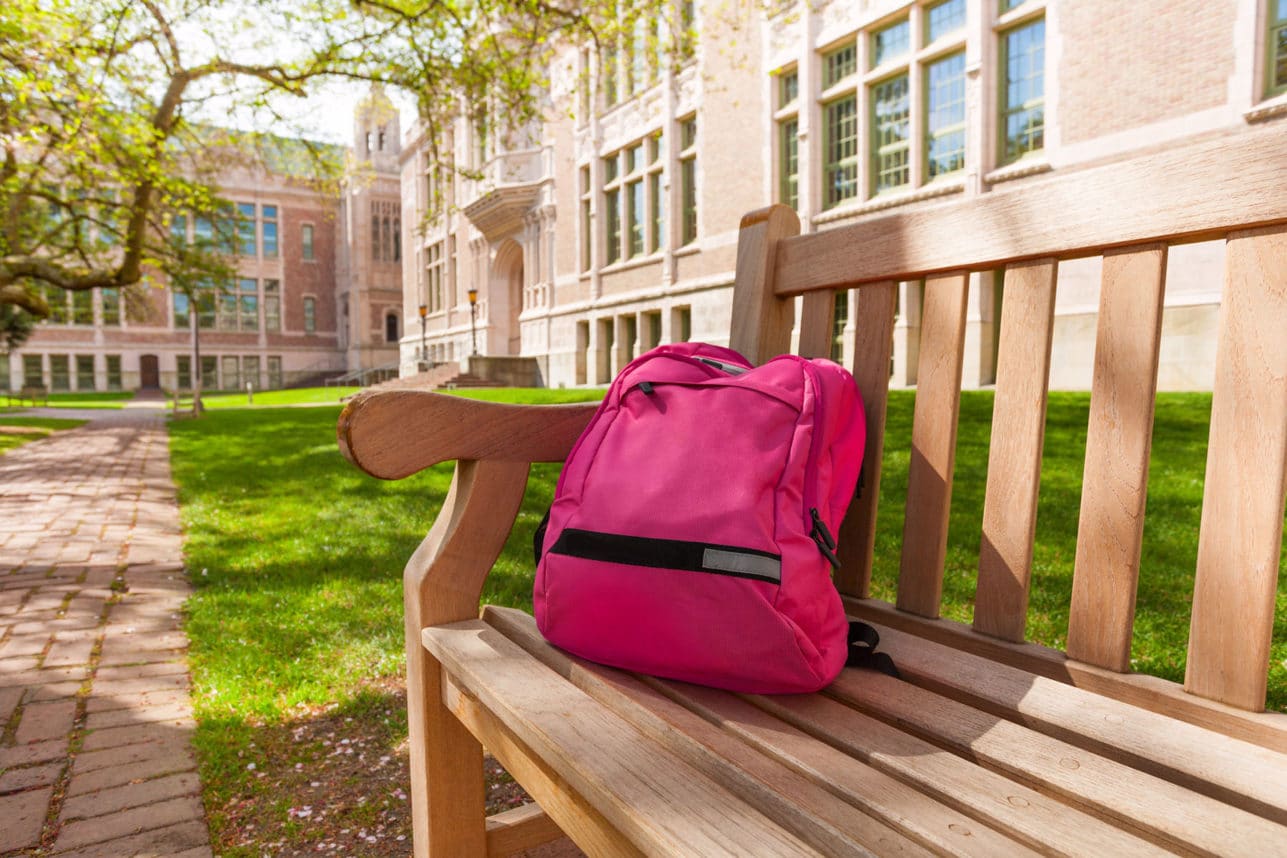

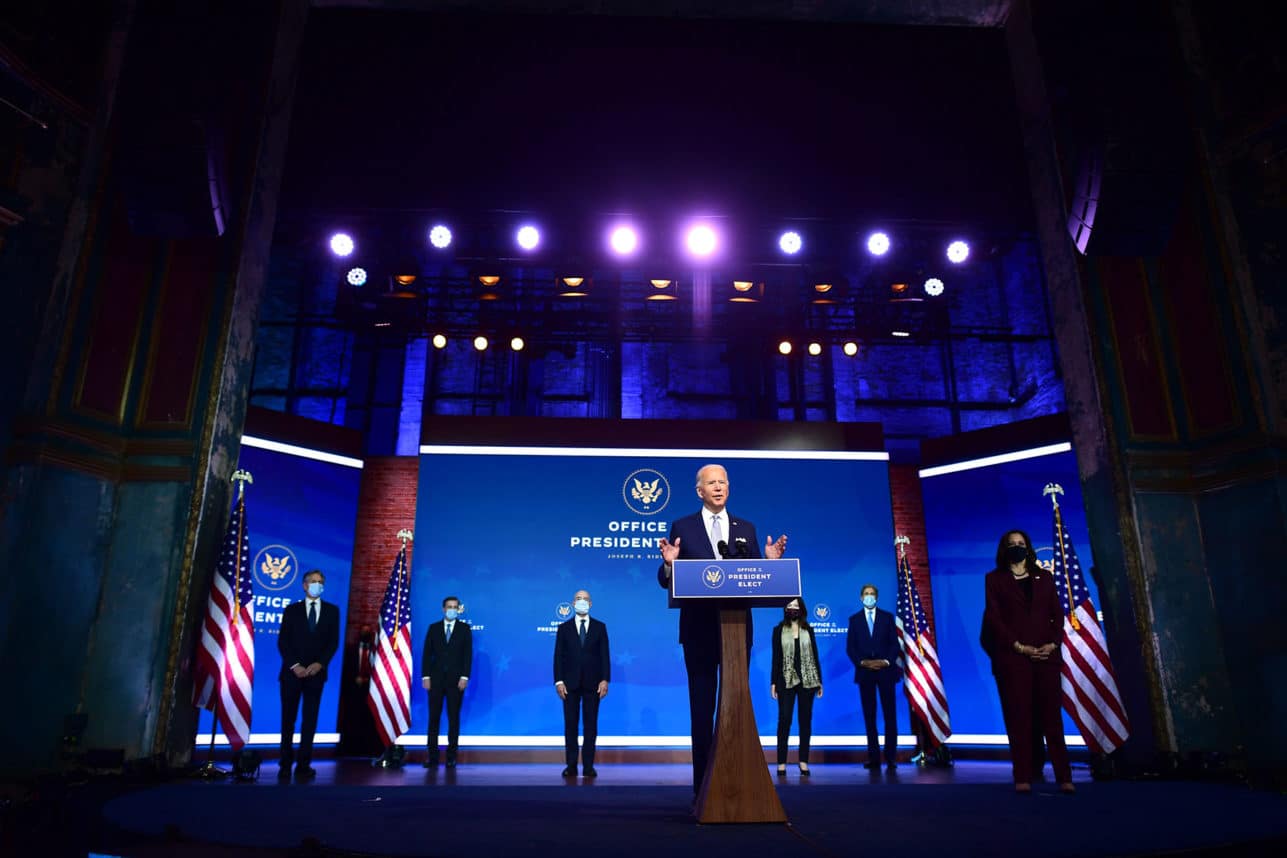
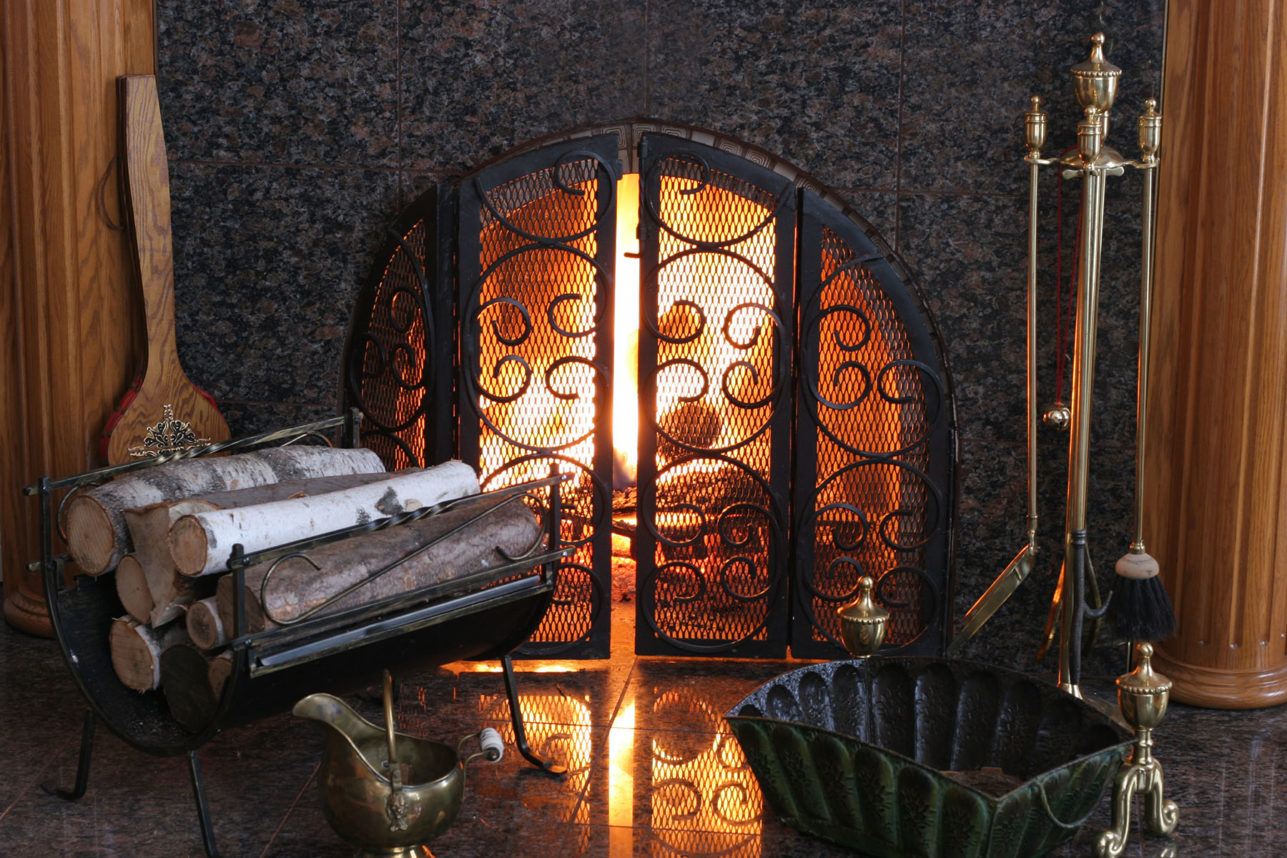

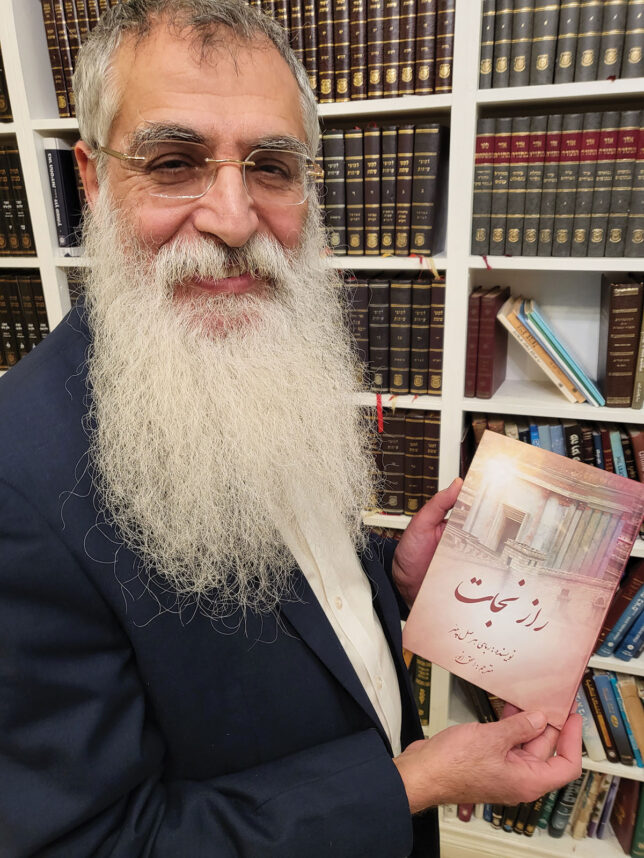
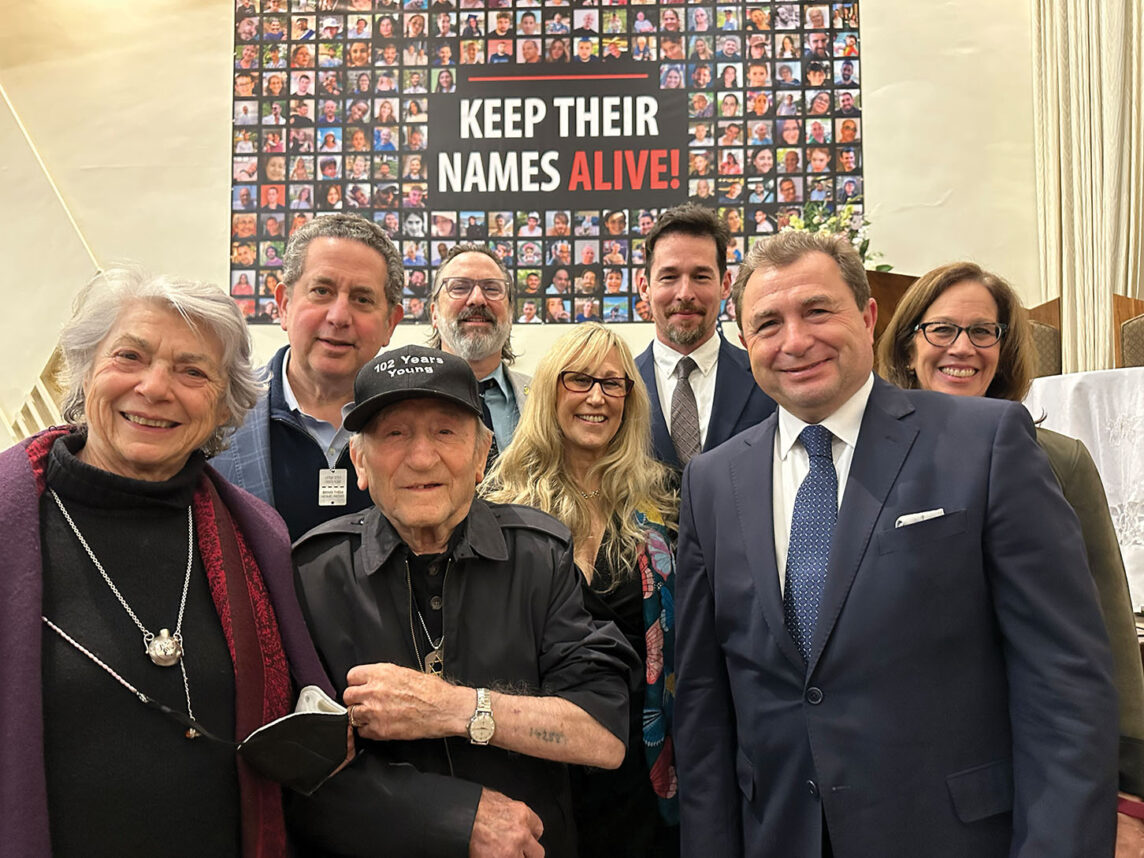
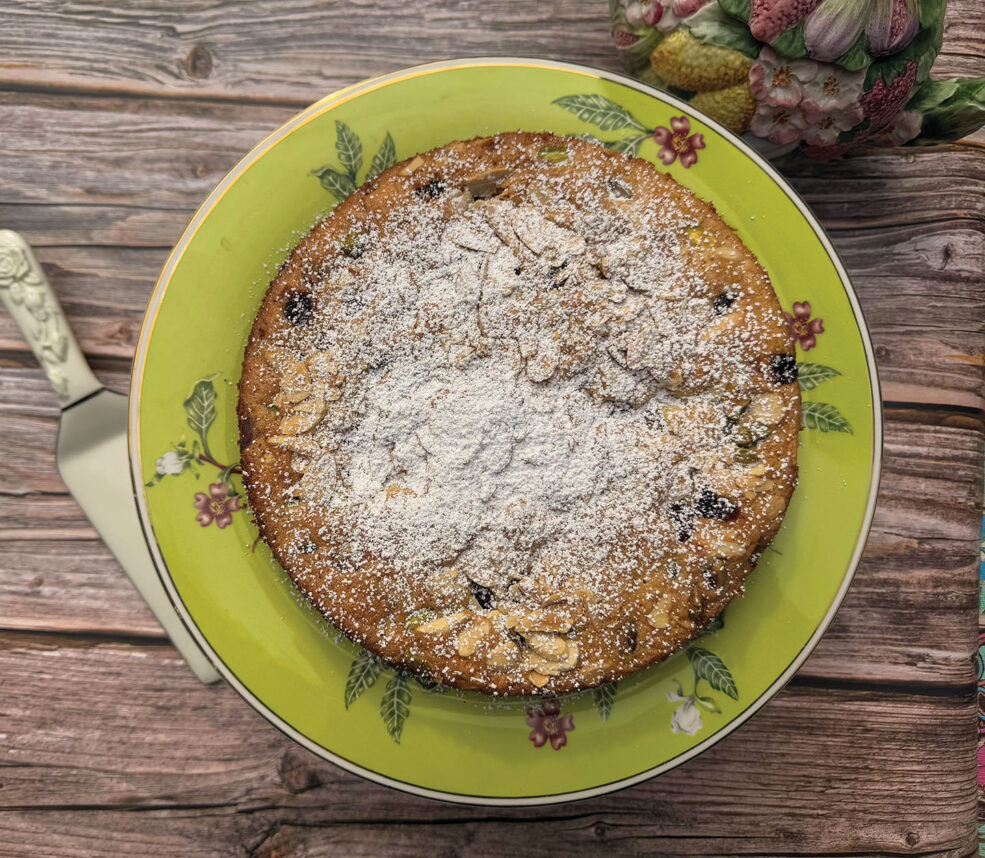
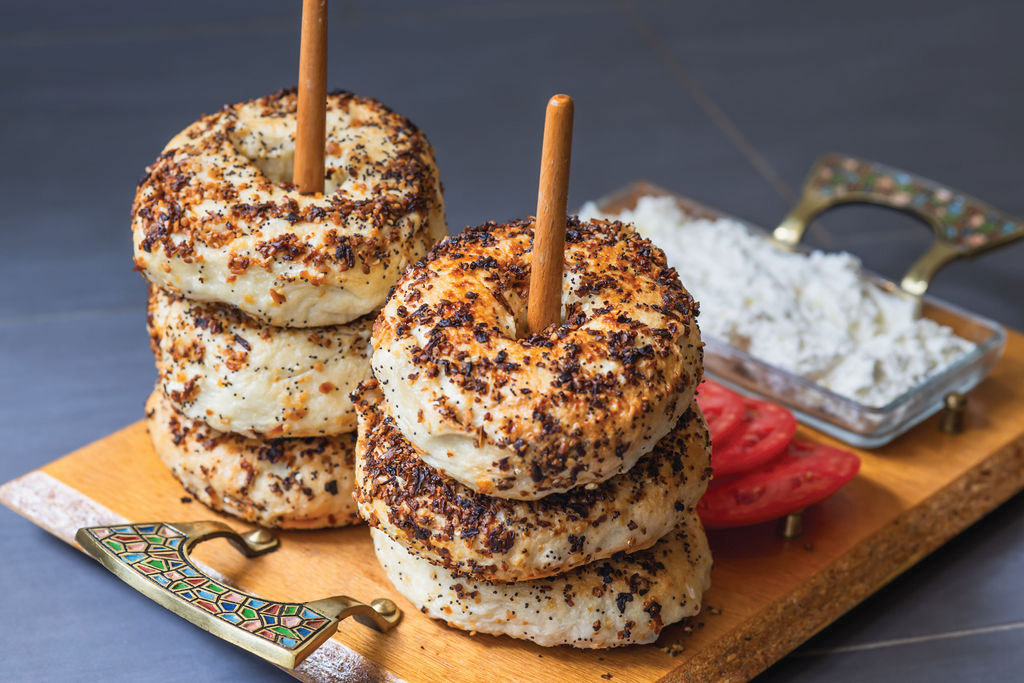
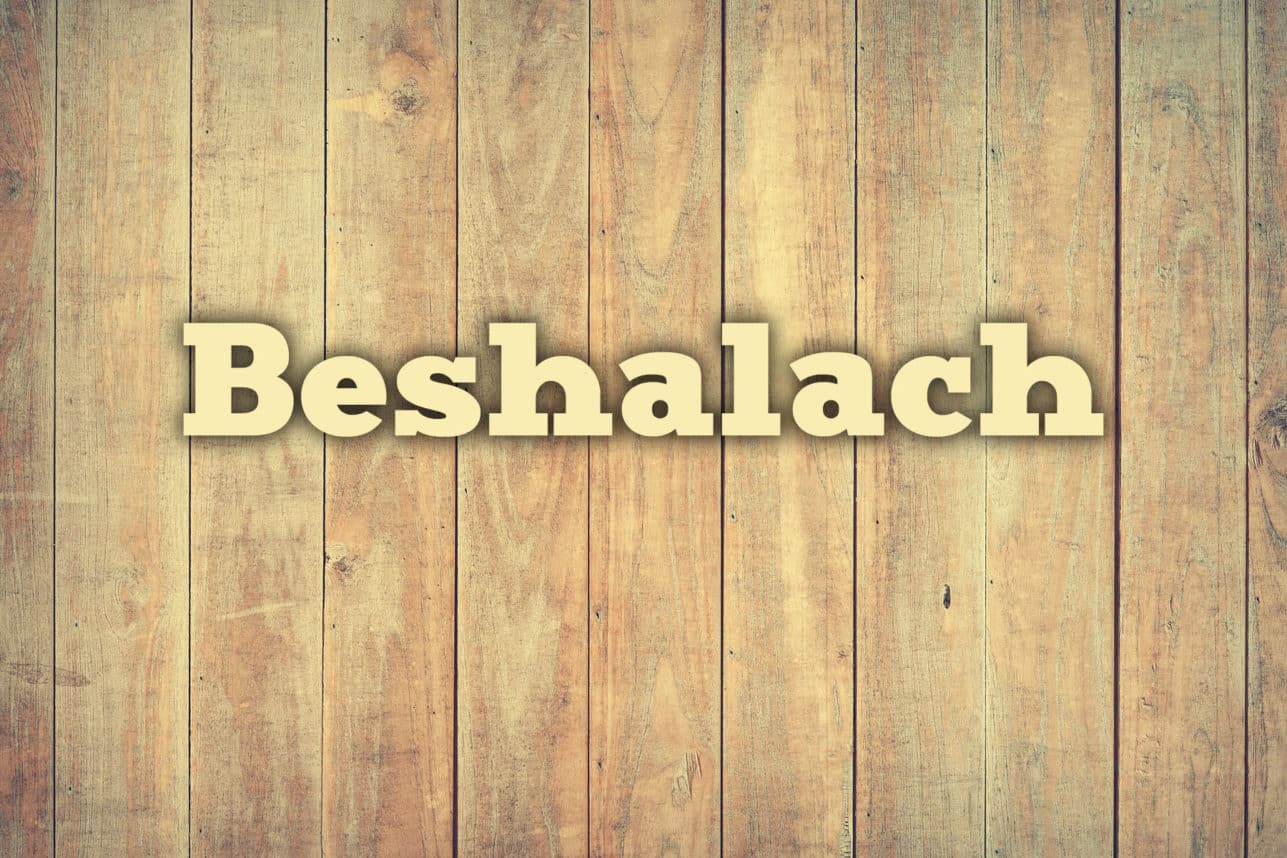
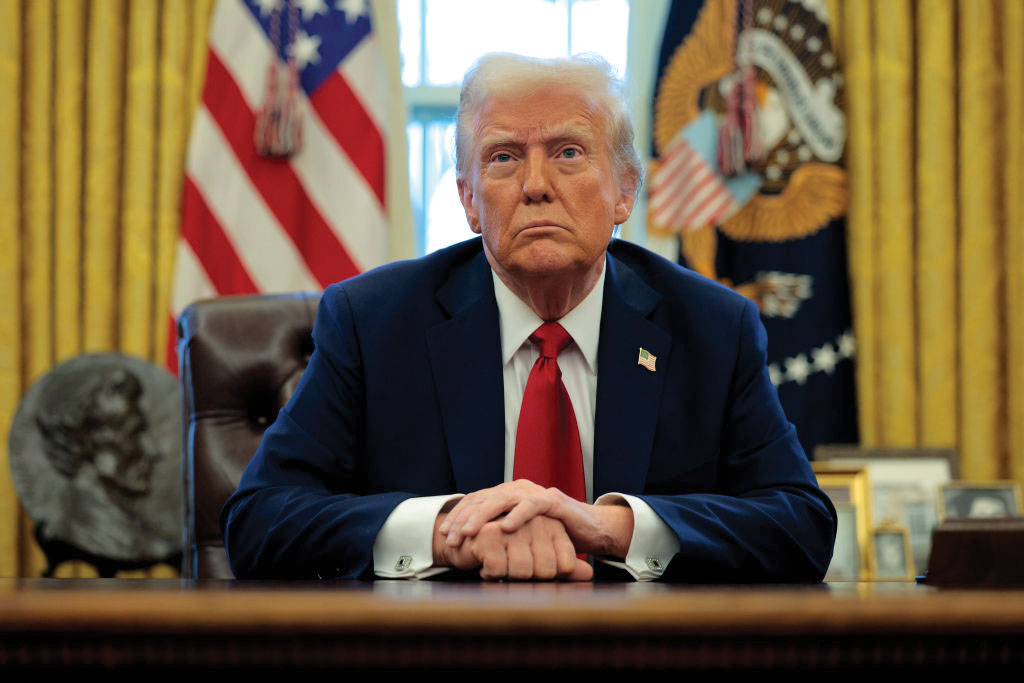
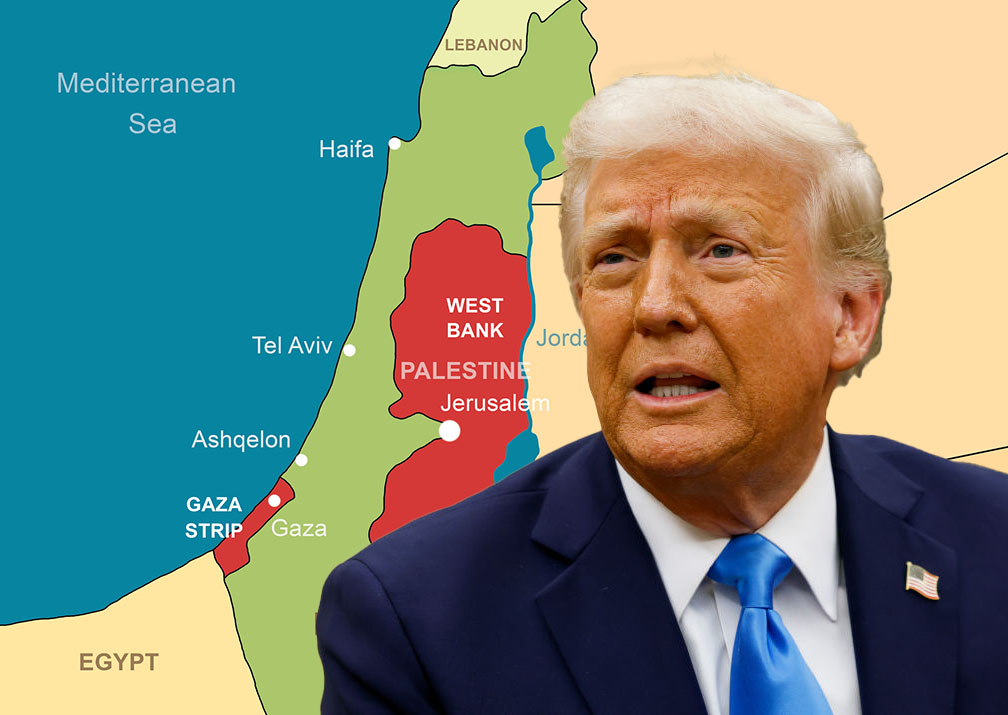
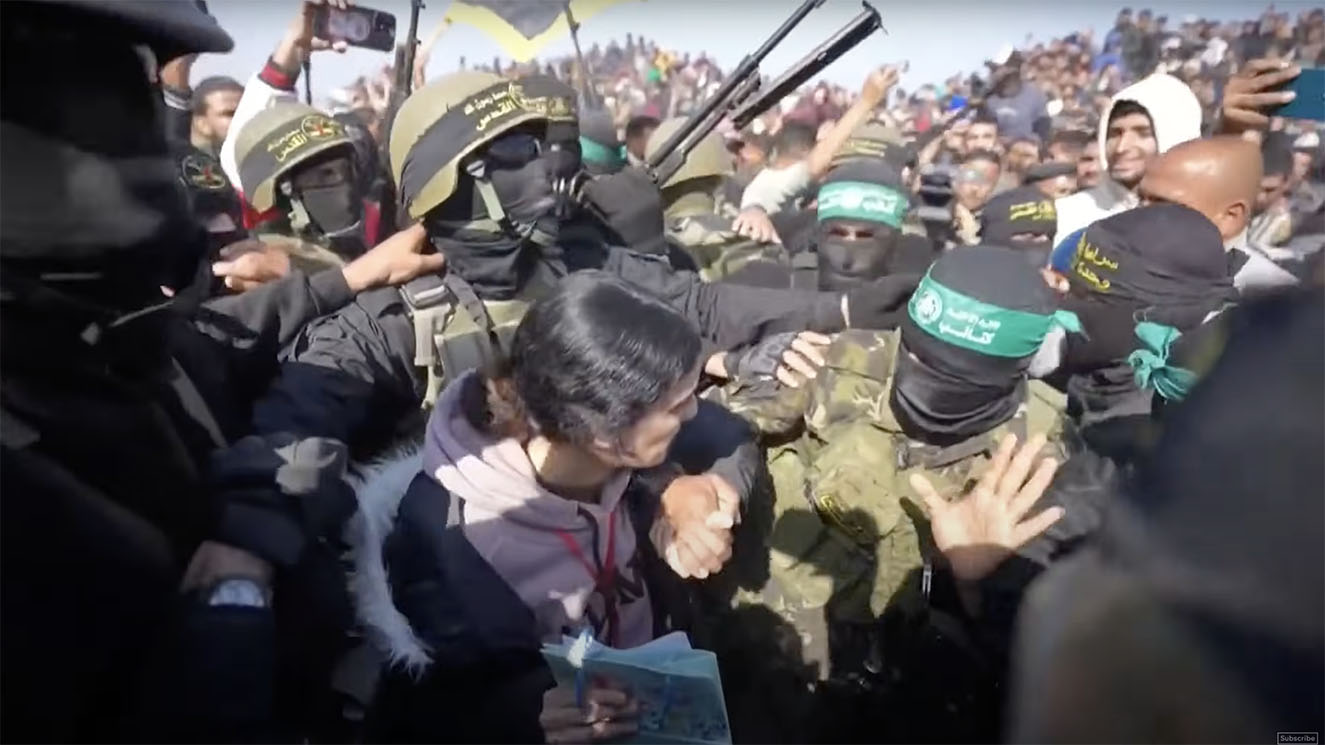
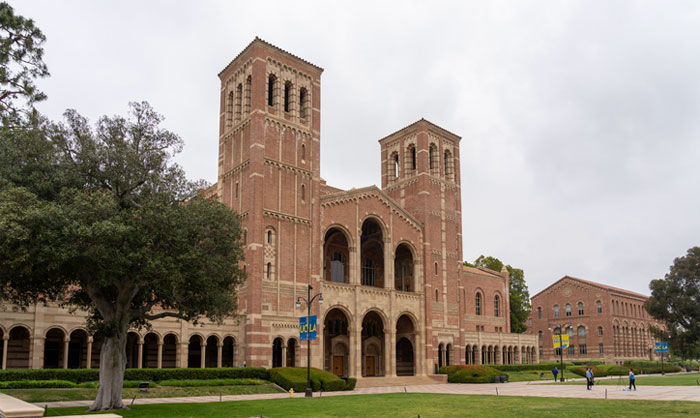
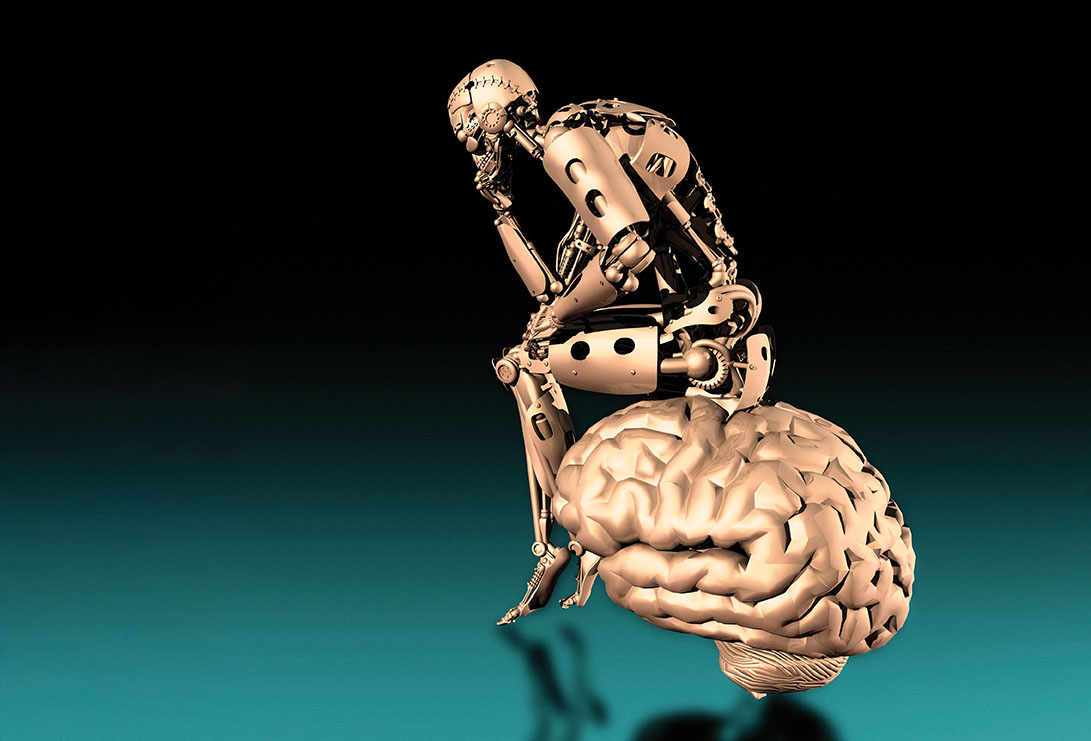
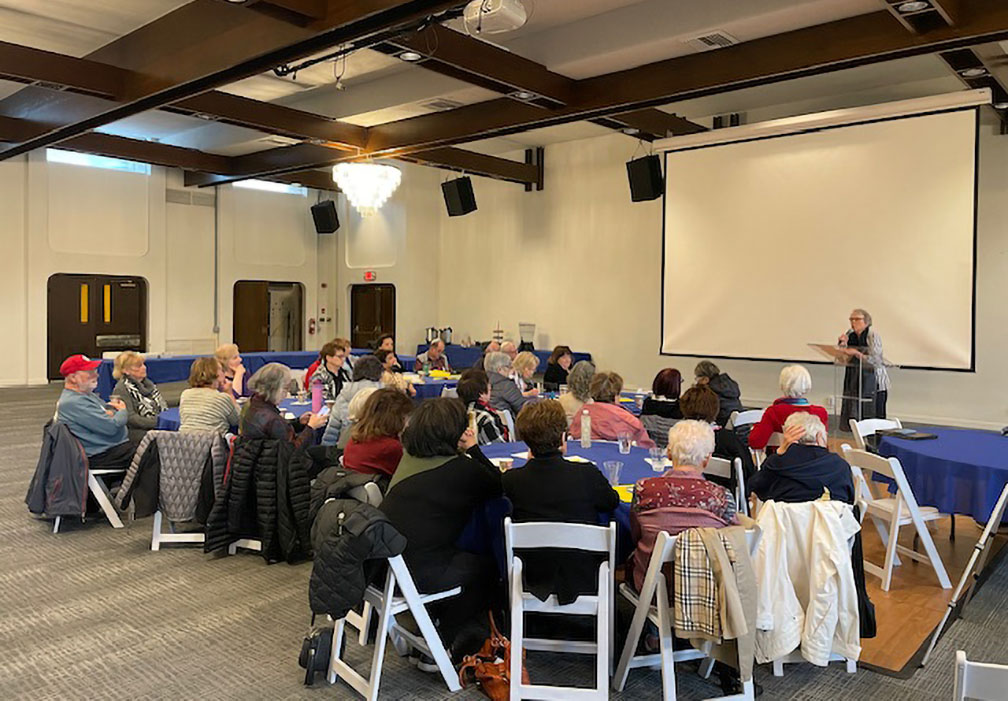
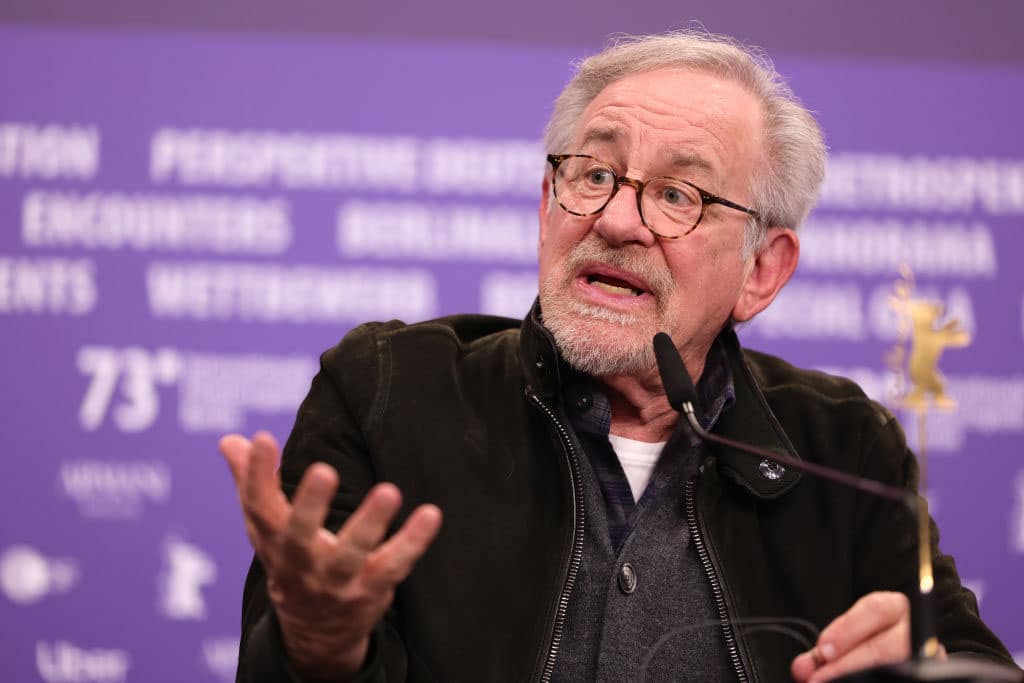

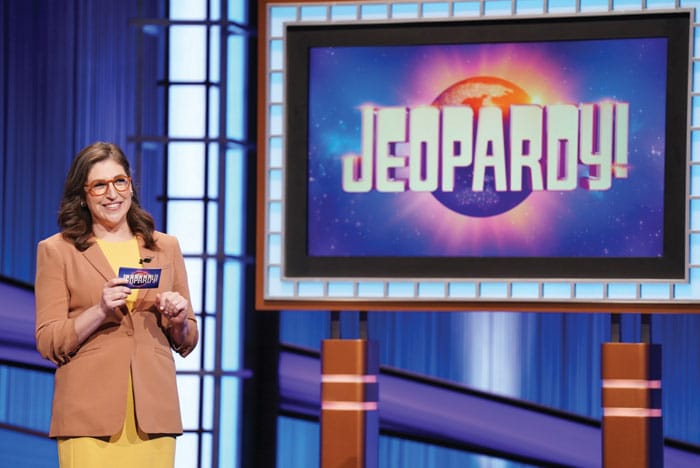
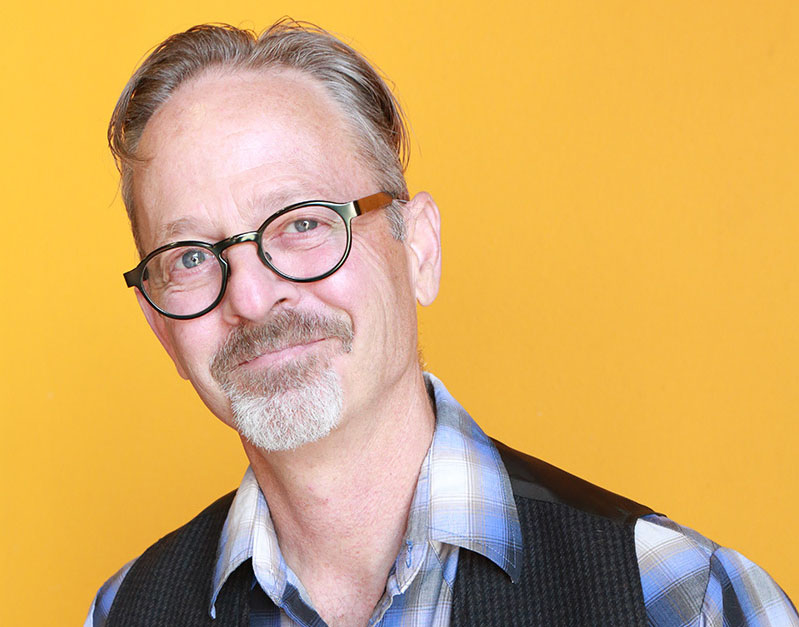
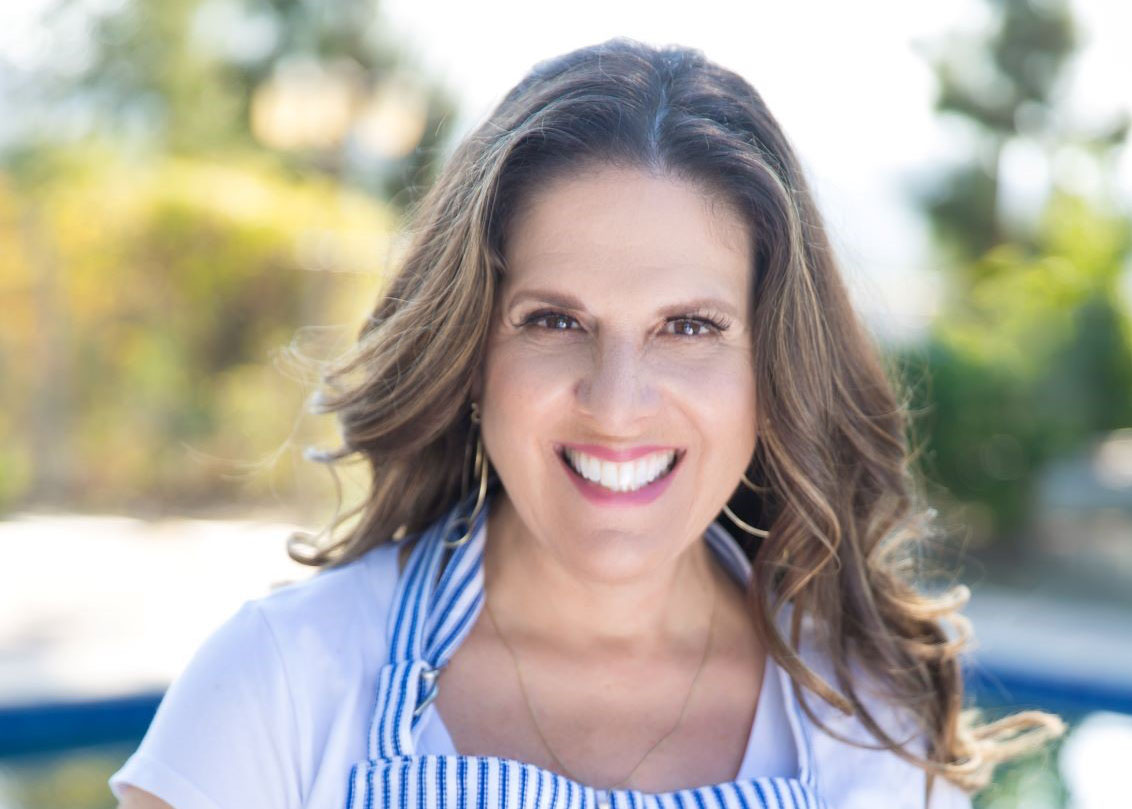

 More news and opinions than at a Shabbat dinner, right in your inbox.
More news and opinions than at a Shabbat dinner, right in your inbox.